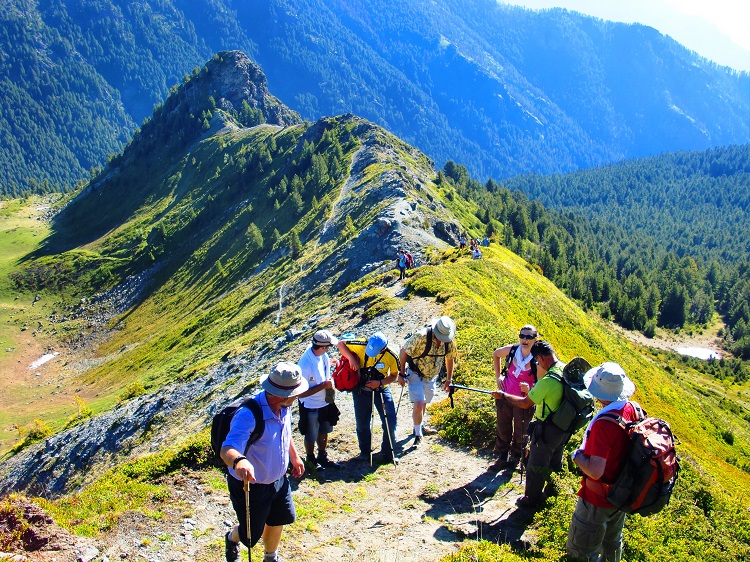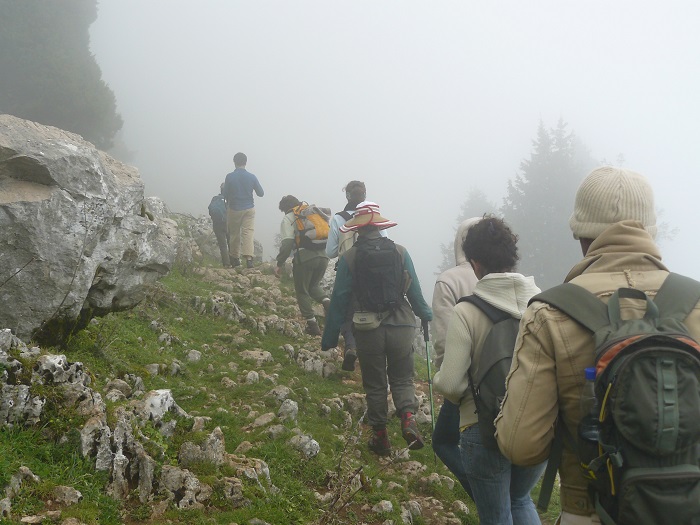 Hiking is probably the harshest, most challenging way of travelling, and doing it without proper equipment could have quite unpleasant consequences. One important thing you must know is that no hiking trip resembles another, so you should always pack accordingly.
Hiking is probably the harshest, most challenging way of travelling, and doing it without proper equipment could have quite unpleasant consequences. One important thing you must know is that no hiking trip resembles another, so you should always pack accordingly.
First of all, make sure to do some research. Details such as type of terrain, altitude, environment and weather are crucial. They will help you figure out which items are vital and which useless. For instance, on humid or cooler hikes you will definitely need less water and insect repellant than on hot, arid hikes. So you should learn how to modify and adapt your hiking gear to the environment.
When you first start preparing for a hiking trip you will get the urge to pack EVERYTHING, especially if you are an inexperienced hiker. It is highly recommended that you fight that urge as much as possible. What you need to realize is that you will need to carry your bag the whole trip. There is no baggage claim when it comes to hiking trips. Only take what you absolutely need and keep in mind the fact that you can always improvise while on the road.
Since we’ve already established that less is more, try to keep it simple when it comes to your gear. Don’t go and buy expensive and complicated to use gear. Stick to the things you know and you have used before. Don’t waste your money on fancy looking headlamps, watches or gaiters. For instance, you will exclusively use your headlamp for lighting. Buying one with fifteen different intensities and a flashing mode will be a waste of money.
Now, if you ask me your essential gear should include a map and a compass, a fanny pack, a flashlight, a first aid kit, sunglasses and sunscreen as well as insect repellent, a knife and a whistle. Apart from this you will also need food and water. For longer trips it is essential that you also pack water purifying tablets and a water filter. Do not forget about matches and a backup fire starter.
Apart from these items, when it comes to clothing it is recommended that you wear adequate shoes (usually hiking boots), convertible nylon pants, polypropylene underwear, a long sleeved shirt, a hat, rain jacket and pants, a fleece jacket and gloves.
Do not forget to pack your ID and money. Plastic and resealable bags could also come in handy; so will toilet paper, lip balm, a bandanna, a watch, a repair kit and some nylon cord.
These are pretty much the essentials. Of course there are many more other things you could consider if you have some extra space in your backpack. But probably the most important non – essential item is a camera or smartphone, so you can document your awesome journey with pictures.



